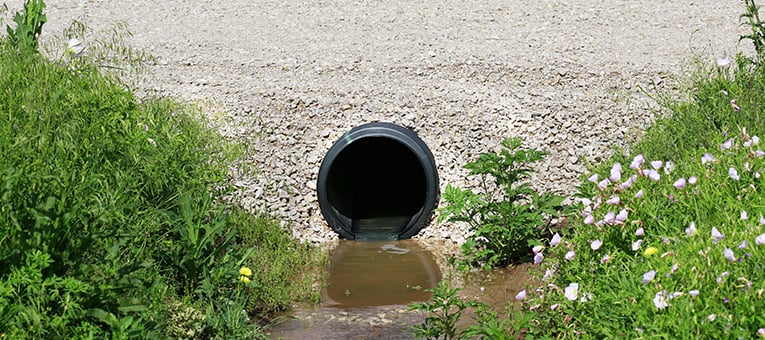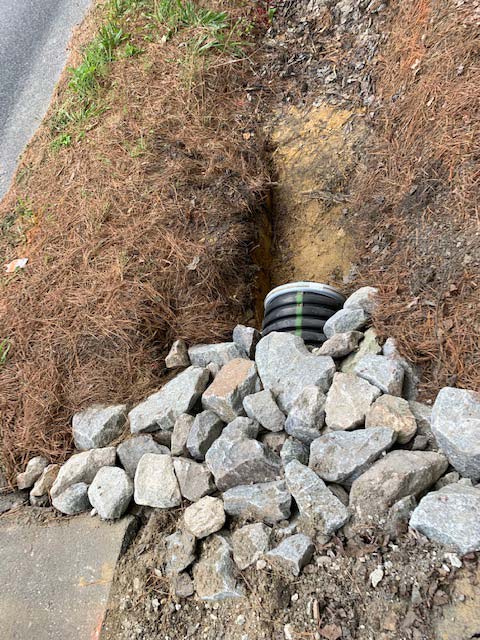Precision Pad Construction for Steady Foundations
Precision Pad Construction for Steady Foundations
Blog Article
Attain Success With Culvert Installment: Best Practices Revealed
Installing culverts is a vital aspect of infrastructure development, requiring precision and adherence to best techniques for long-term success. Whether embarking on a brand-new job or maintaining existing culverts, the process demands thorough attention to information. From the preliminary material option to the lasts of upkeep, each action plays a critical function in the capability and long life of the culvert system. In this conversation, we will certainly check out important methods, pointers, and guidelines that can significantly impact the result of culvert installments. Comprehending these essential variables is extremely important in making certain the architectural honesty and performance of culverts, making it important for experts and enthusiasts alike to realize these fundamental principles.
Appropriate Material Choice

Concrete culverts are recognized for their strength and durability, making them suitable for hefty traffic locations and large water circulation volumes. Corrugated metal culverts are light-weight and very easy to install, optimal for momentary applications or circumstances calling for a quick option. Plastic culverts are lightweight, corrosion-resistant, and cost-effective, making them a preferred option for numerous culvert setups. Compound products supply a mix of homes from different products, offering an adjustable service for specific task demands. Inevitably, selecting the proper product is vital to make certain the culvert system functions effectively and has a long solution life.
Site Prep Work Tips
Efficient website prep work is vital for the successful setup of culverts, ensuring correct integration with the surrounding setting and long-term capability. Prior to starting the installment process, it is essential to carry out an extensive site assessment to determine the appropriate dimension, type, and placement of the culvert.
Next, the soil problems should be evaluated to examine the stability and load-bearing ability of the ground. Depending upon the dirt kind, additional actions such as compaction or reinforcement might be necessary to stop working out or shifting of the culvert over time. Appropriate water drainage factors to consider must also be taken right into account to avoid water buildup around the culvert, which can result in erosion or architectural damage.
Finally, developing correct access to the site for building and construction equipment and ensuring compliance with any regulatory requirements are vital aspects of site prep work. By complying with these site prep work ideas, the setup of culverts can be accomplished successfully and effectively, advertising the longevity and performance of the culvert system.
Installation Techniques

Firstly, it is vital to properly gauge and mark the area where the culvert will be set up. This makes sure proper alignment and prevents any mistakes throughout the installation phase. Secondly, excavation must be done carefully to produce a steady foundation for the culvert. The trench should be dug to the correct deepness and size, taking into consideration the dimension and sort of culvert being set up.
Following, the culvert must be put in the trench complying with the maker's why not try these out guidelines. Correct positioning is essential for the capability and longevity of the culvert. Backfilling the trench with the appropriate material and compacting it in layers is the final action in the installment process. This guarantees the culvert is firmly in place and all set to stand up to the needs it will certainly encounter. By complying with these setup methods diligently, the culvert will be efficiently installed, adding to the overall success of the job.
Maintenance Guidelines
After finishing the mindful installment of culverts following appropriate techniques, adherence to maintenance standards is vital to ensure their long life and functionality. Evaluations must include examining for sediment buildup, disintegration around the culvert edges, and any kind of indications of corrosion or rust.
Furthermore, maintaining proper incline and positioning of the culvert is important for reliable water flow and to avoid possible blocking. Road construction. Any kind of greenery near the culvert need to be handled to avoid origin invasion and clogs. In locations susceptible to freezing temperatures, executing our website winter upkeep techniques such as making sure proper drain to prevent ice buildup is vital
Routine upkeep not just extends the life-span of culverts but also guarantees they function successfully in handling water flow, reducing the risk of damages to facilities and bordering areas.
Troubleshooting Common Issues
Attending to usual problems that may arise with culverts requires an organized approach and careful evaluation of the underlying causes. One frequent problem experienced is clogs within the culvert, commonly created by particles build-up or sediment build-up. To troubleshoot this issue, normal assessments and maintenance are important to ensure proper performance. Additionally, improper installment bring about misalignment or poor incline can lead to water flow disturbances and even architectural damage. By inspecting the culvert placement and incline frequently, potential problems can be determined and corrected promptly.

Conclusion
In conclusion, achieving success with culvert setup requires mindful factor to consider of product choice, comprehensive website preparation, correct installment methods, and regular upkeep. By complying with finest practices and fixing common issues, the stability and performance of culverts can be guaranteed. It is important to comply with standards and referrals to avoid any type of prospective issues and ensure the durability of the culvert system.
Report this page